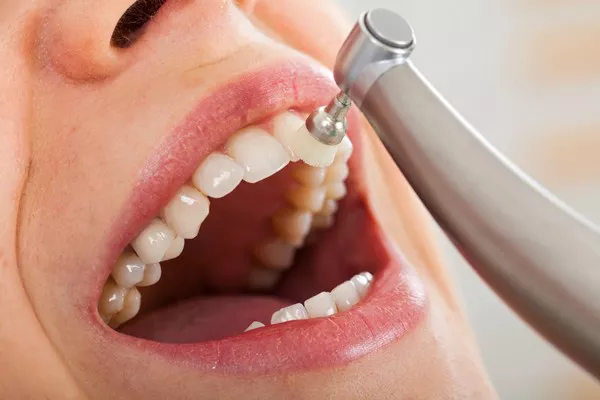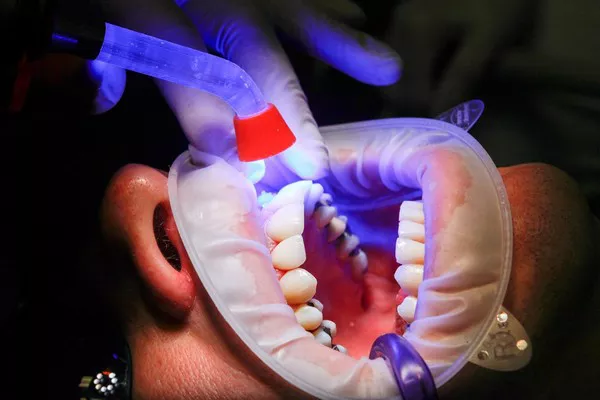When it comes to completing a dental implant restoration, the cost of the crown plays a significant role. Dental crowns for implants not only restore the appearance of a natural tooth but also provide functionality and durability. Understanding the factors influencing the cost, insurance coverage options, additional procedures, longevity, and selecting the right dentist are essential for patients considering this treatment. Here’s a detailed guide to help navigate the cost of dental crowns for implants.
Average Cost
The average cost of a dental crown for an implant typically ranges from $1,000 to $3,000. However, this price range can vary depending on various factors, including the material used for the crown, the complexity of the procedure, and the experience of the dentist or prosthodontist.
Cost Factors
Several factors can influence the cost of a dental crown for an implant:
Material Used: Crowns can be made from various materials, including porcelain, metal, porcelain-fused-to-metal (PFM), or zirconia. Each material has its own cost, with porcelain and zirconia typically being more expensive than metal or PFM crowns.
Complexity of the Procedure: The complexity of the restoration procedure, such as the need for custom shading or adjustments to fit the crown properly, can affect the overall cost.
Dentist’s Experience: The experience and expertise of the dentist or prosthodontist performing the procedure can also impact the cost. Experienced practitioners may charge higher fees for their services, reflecting their skill and expertise in implant dentistry.
Considering these factors can help patients understand why the cost of dental crowns for implants can vary.
Insurance Coverage
Dental insurance may cover a portion of the cost of a dental crown for an implant, depending on the patient’s policy and the extent of coverage. While coverage varies among insurance plans, most plans consider dental implants to be elective procedures and may only provide partial reimbursement for the crown itself.
Patients should review their insurance policy carefully to understand what is covered and what out-of-pocket expenses they can expect.
see also: What is the best dental implant system?
Additional Procedures
In some cases, additional procedures may be necessary before placing the crown on the implant. For example, patients with insufficient bone density may require bone grafting procedures to ensure the successful placement and stability of the implant and crown. Other procedures, such as tissue regeneration or gum contouring, may also be necessary to achieve optimal aesthetic results.
These additional procedures can increase the total cost of the implant restoration, so patients should discuss potential treatment needs and associated expenses with their dentist or prosthodontist.
Longevity and Care
Dental crowns for implants are designed to be durable and long-lasting with proper care and maintenance. On average, a well-maintained dental crown can last 10 to 15 years or longer. Patients can extend the lifespan of their crowns by practicing good oral hygiene habits, such as brushing and flossing regularly and avoiding habits like chewing on hard objects or grinding teeth.
While the initial cost of a dental crown for an implant may seem high, the long-term value and durability of the restoration justify the investment for many patients.
Procedure Overview
The process of placing a dental crown on an implant typically involves several steps:
Consultation: The dentist evaluates the patient’s oral health and determines their suitability for dental implant restoration. This may include diagnostic tests, such as X-rays or CT scans, to assess bone density and the condition of surrounding teeth and gums.
Implant Placement: If the patient hasn’t already undergone implant placement surgery, this step involves surgically inserting the implant into the jawbone and allowing it to heal and integrate with the bone tissue.
Abutment Placement: Once the implant has healed, an abutment is attached to the implant to provide support for the crown.
Impressions and Fabrication: The dentist takes impressions of the implant and surrounding teeth to create a custom-made crown that fits seamlessly with the patient’s natural smile.
Crown Placement: Finally, the custom-made crown is placed onto the abutment and secured in place, completing the restoration process.
Patients may experience some discomfort and swelling following the crown placement procedure, but this typically subsides within a few days. Full recovery and adaptation to the new crown may take several weeks.
see also: What is a dental implant bridge?
Choosing a Dentist
Selecting a qualified dentist or prosthodontist is crucial for the success of a dental crown restoration. When choosing a provider, patients should consider the following factors:
Credentials: Look for a dentist or prosthodontist who is board-certified and has extensive experience in implant dentistry and crown restoration.
Technology Used: Choose a dental practice equipped with advanced technology and equipment for precise treatment planning and execution.
Patient Reviews: Read patient testimonials and reviews to gauge the provider’s reputation for quality care and patient satisfaction.
By prioritizing these factors, patients can ensure a positive experience and optimal results from their dental crown restoration.
Payment Plans
For patients concerned about the upfront cost of dental crown restoration, many dental practices offer payment plans or financing options to help manage expenses. These payment plans may allow patients to spread the cost of treatment over several months or years, making it more affordable and accessible.
Patients should inquire about available payment options and discuss their financial concerns with their dentist or prosthodontist to find a solution that works for them.
Conclusion
Understanding the cost, factors influencing pricing, insurance coverage options, additional procedures, longevity, procedure details, choosing a qualified provider, and payment plans related to dental crowns for implants is essential for patients considering this treatment. By educating themselves and working with experienced dental professionals, patients can achieve a beautiful and functional smile that enhances their overall quality of life.
You Might Be Interested In






























